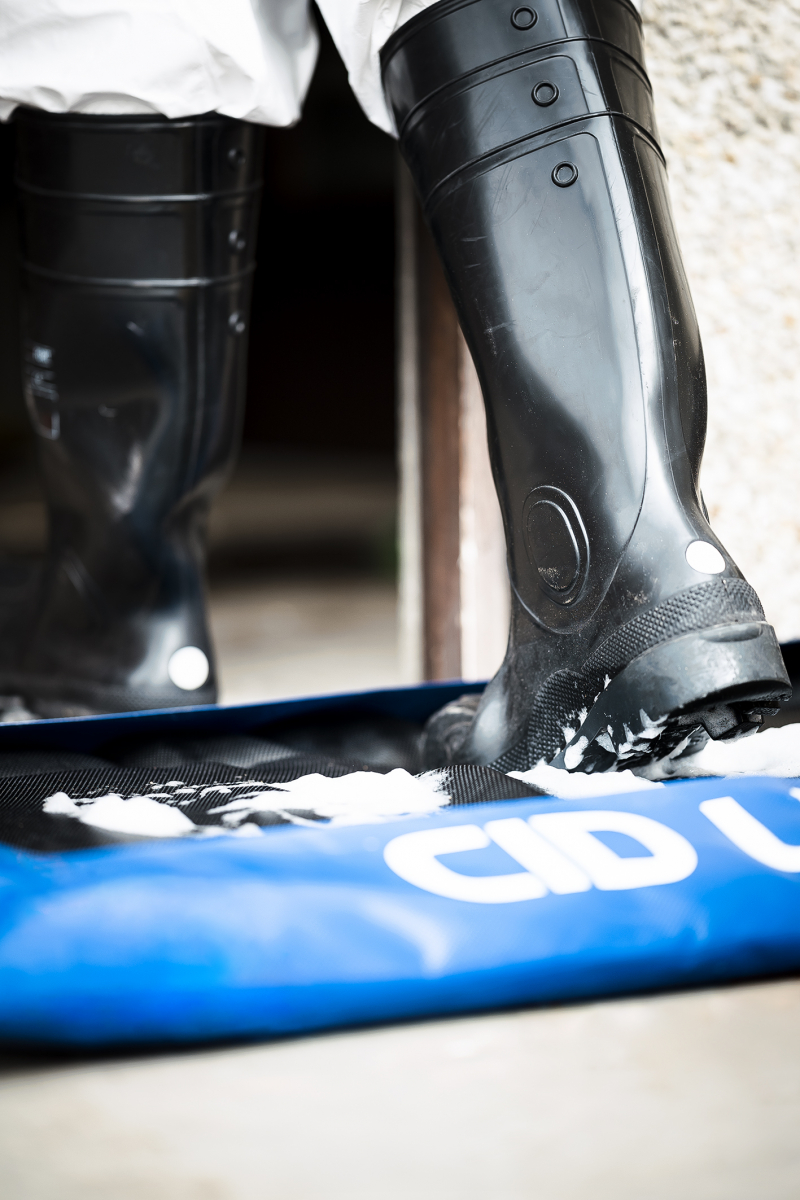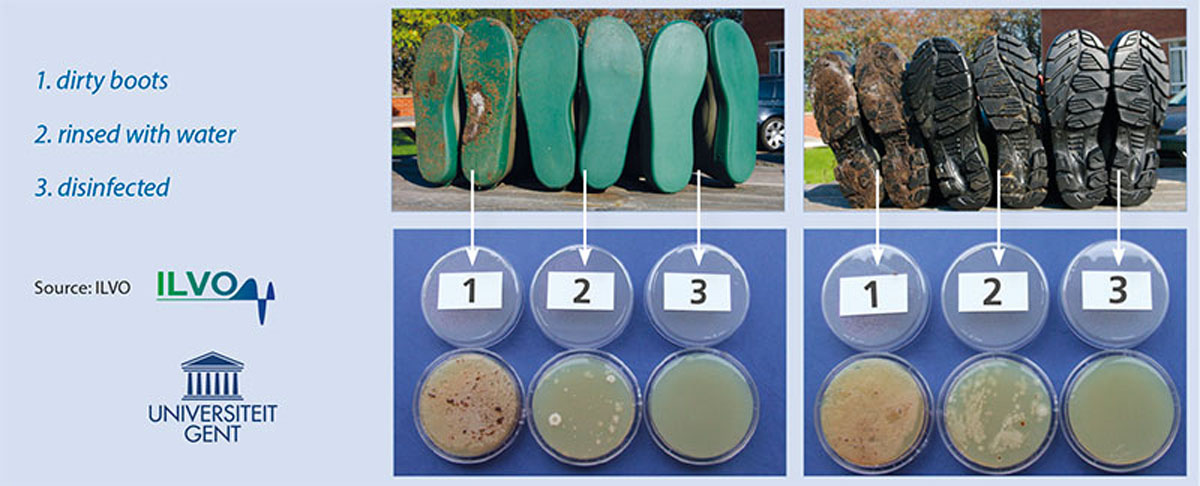CID LINES uses cookies to give you the best possible browsing experience. By using cidlines.com, you need to consent to our use of cookies. If you do not wish to receive our cookies, please adjust your browser settings. Read our Cookie policy to learn more.


